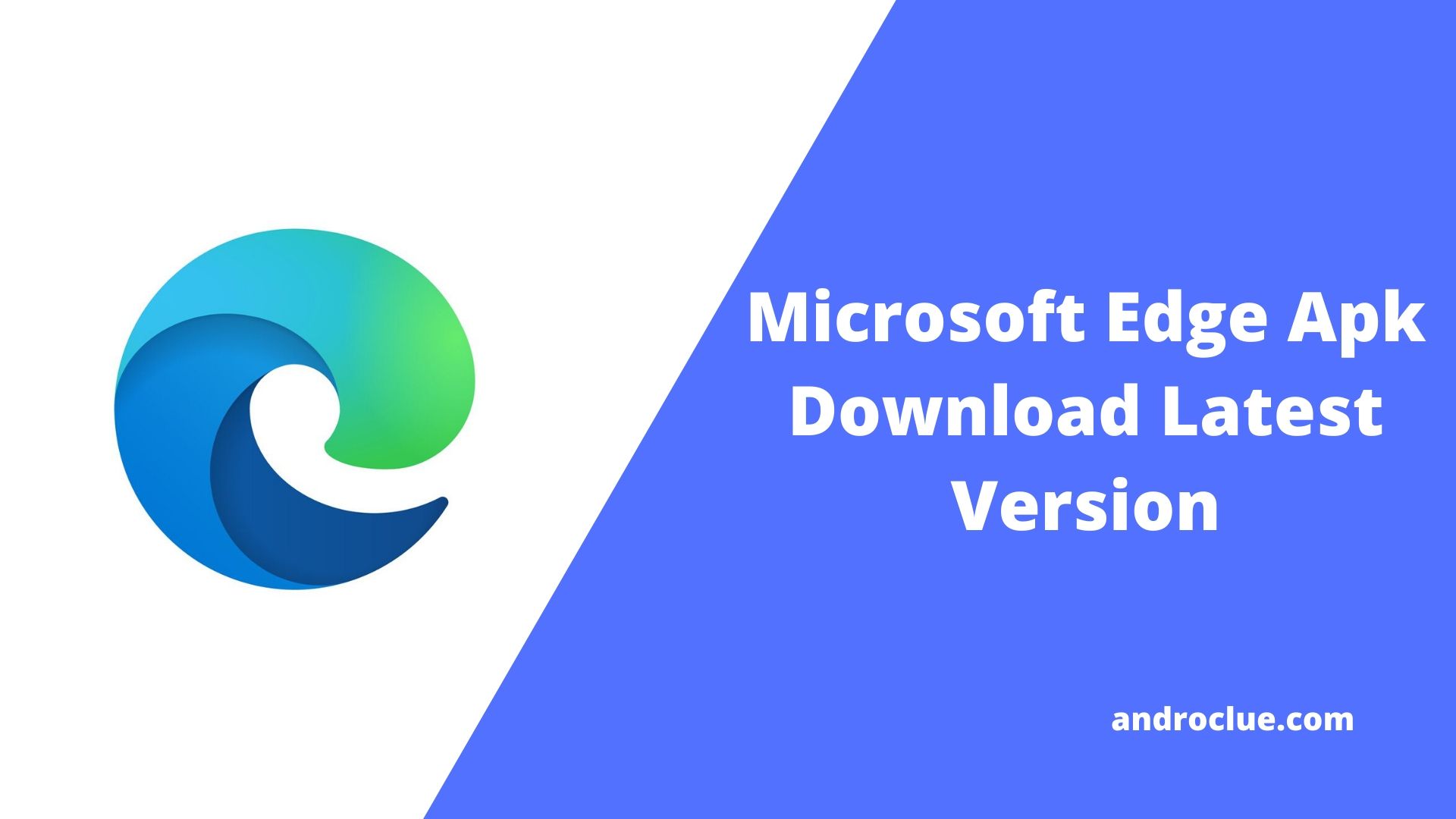
It is worth noting the danger of the potential attack is limited because Application Mode launches locally on a PC. People are used to interacting with browsers and are less cautious than they might be with other phishing attack vectors. However, an attacker would need to start with the threat actor tricking the user into using a Windows shortcut that evokes the infected URL in Application Mode. So much so, unwitting users may not be able to tell the difference between the fake pages and the real ones.īleeping Computer reports can use Application Mode to build realistic-looking login forms. However, phishing attackers are using it to generate login screens that look legitimate. If you are on Windows, the taskbar also disappears and is replaced by the website’s favicon. The URL address bar and toolbars are not visible. When using the mode, a website will open in a new window and will provide a simpler UI. It allows the browser to run websites as if they are a native app. Specifically, the Application Mode tool gives threat actors a way to show login forms that look like desktop apps.ĭeveloped by Google for Chrome, but also available in Microsoft Edge and other browsers, Application Mode is an interesting feature. If you have any family-or colleagues who need a little "extra support"-who are still depending on Legacy Edge, it might be a good time to check in on them and do a little hand-holding before the old beast is gone forever.A new security report says a feature built into all Chromium browsers – including Google Chrome and Microsoft Edge – is attracting a new type of phishing technique. Windows Update is scheduled to automatically remove Legacy Edge on next month's Patch Tuesday.


By contrast, and despite its relative newborn status, Chromium-based Edge has already hit 3.4 percent-closing in on Firefox's much-diminished 3.8 percent, as of February 2021. According to GlobalStats, legacy Edge peaked at well below 2.5 percent marketshare-less than, for example, Opera. Unlike the current, Chromium-based Edge, it had no upstream project-the entire browser, up to and including the rendering engine, was a Microsoft design.ĭespite being Windows 10's default browser, Spartan never achieved significant marketshare, let alone the crushing dominance once enjoyed by Internet Explorer. Further Reading Microsoft’s “Project Spartan” browser is now called Microsoft EdgeThe deprecated version of Edge, originally named Project Spartan, was developed and shipped as Windows 10's default browser in 2015.


 0 kommentar(er)
0 kommentar(er)
